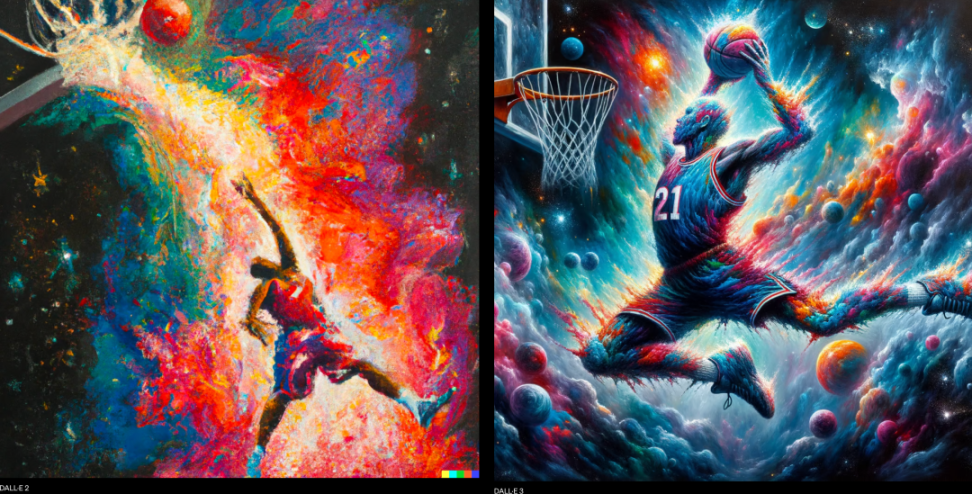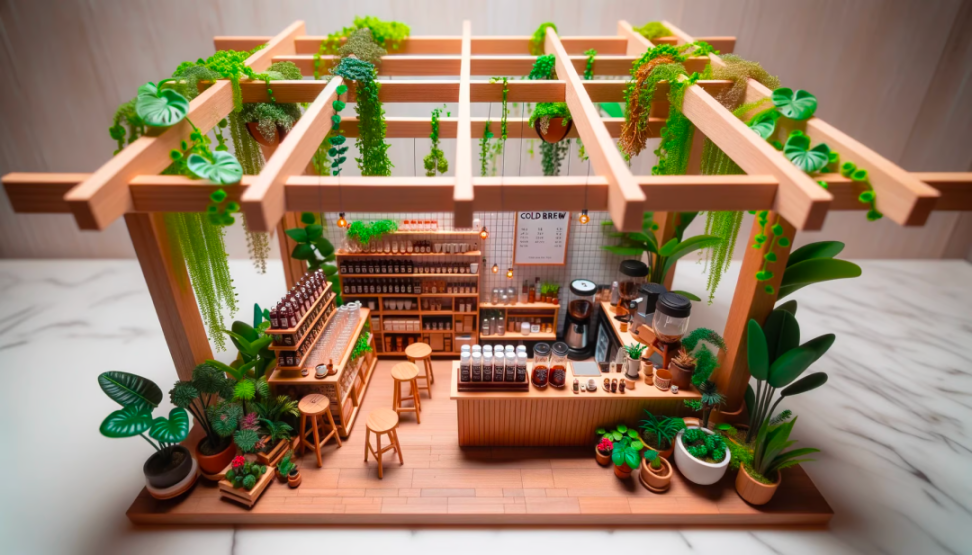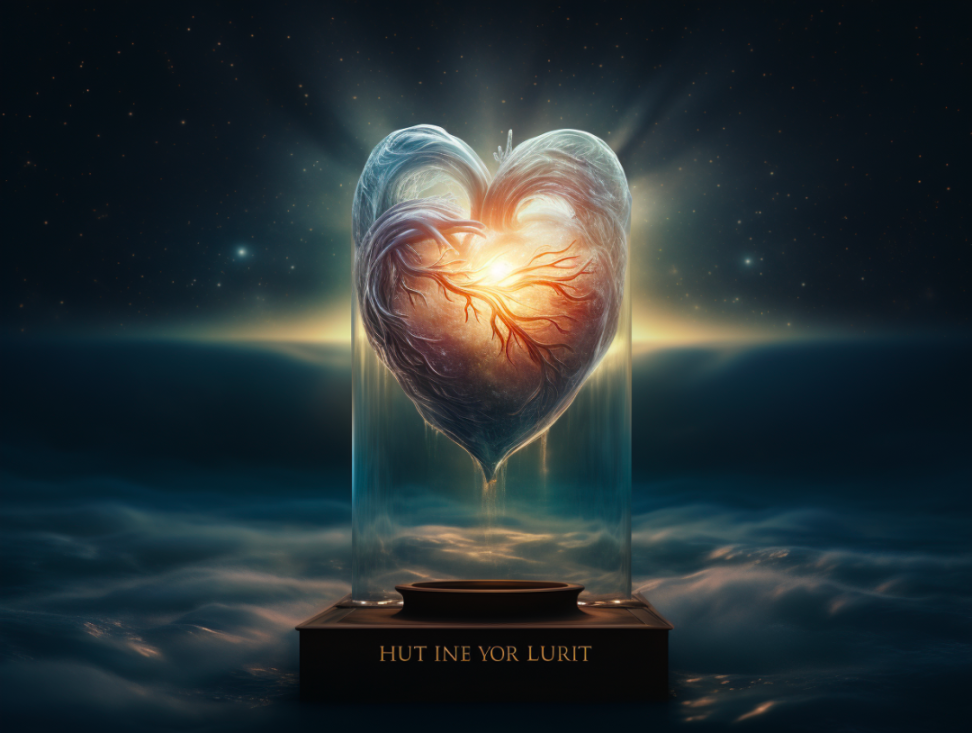Before the birth of ChatGPT, OpenAI had already made a name for itself in the field of AI with the large model DALL·E for text-to-image generation.
By Kyle
Before the birth of ChatGPT, OpenAI had already made a name for itself in the field of AI with the large model DALL·E for text-to-image generation. While ChatGPT excels in conversation, it does not focus on drawing, whereas DALL·E excels in drawing but requires a good image description.
Now, OpenAI has combined ChatGPT and DALL·E. OpenAI has announced the third version of its generative AI visual art platform, DALL·E 3. Researchers at OpenAI stated that the latest version can better understand context.
Features of DALL·E 3:
- Leap in controlling details
- Native integration with ChatGPT
- ChatGPT responsible for generating prompts, eliminating prompt barriers
- Leap in controlling details
Compared to the previous generation DALL·E 2 model, DALL·E 3 has improved its control over subtle differences and details in images, allowing you to easily translate your ideas into highly accurate images.
Modern text-to-image systems tend to ignore text or descriptions, forcing users to engineer prompt words. DALL·E 3 represents a leap in the ability to generate images that fully match the text you provide.
Using the same prompts, DALL·E 3 offers significant improvements compared to DALL·E 2.

DALL·E 3 is natively built on top of ChatGPT, allowing you to use ChatGPT as a collaborative partner and refine your prompts. Simply ask ChatGPT what image you want to see, whether it's a simple sentence or a detailed paragraph description.
By using ChatGPT, users don't have to come up with detailed prompts to guide DALL·E 3; they just need to ask ChatGPT to provide a prompt, and the chatbot will write a paragraph (DALL·E is more effective for longer sentences) for DALL·E 3 to follow. If other users have specific ideas for DALL·E, they can still use their own prompts. If you like a particular image but it's not quite right, you can ask ChatGPT to make adjustments in just a few sentences.
OpenAI stated that this connection with the chatbot allows more people to create AI art, as they don't have to be very skilled at coming up with prompts.




From this, it can be seen that DALL·E 3's control over details has risen to the point of presenting specific text on images, which many drawing tools cannot perfectly achieve, such as Midjourney:

- ChatGPT Plus and enterprise customers experience it first
DALL·E was first released in January 2021, before other text-to-image generative AI art platforms such as Stability AI and Midjourney. When DALL·E 2 was released in 2022, OpenAI opened a waiting list to control who could use the platform, after criticism that DALL·E could generate realistic explicit images and exhibited biases in generating photos. However, the company canceled the waiting list in September of last year and opened DALL·E 2 to the public.
DALL·E 3 will be available to ChatGPT Plus and Enterprise customers in early October. Like DALL·E 2, images created by DALL·E 3 are available for you to use, reprint, sell, or distribute without our permission.
- Detecting AI-generated images
There has been much discussion recently about how to determine if an image was generated by AI. In August, Google released an AI watermark tool that can create invisible digital watermarks for AI-generated images and can detect them.
OpenAI is also researching such tools to help people identify the best way to recognize when an image is created by AI. OpenAI is attempting to build a source classifier that can help identify whether an image was generated by DALL·E 3.
Summary
With the improvement in image quality of DALL·E 3 and the support of ChatGPT, some leading AI drawing tools are likely to face pressure, especially Midjourney. Users who previously needed both ChatGPT and Midjourney may now only need ChatGPT.
Additionally, this is also a step taken by OpenAI towards achieving true multimodality for ChatGPT. OpenAI is facing strong competitors such as Google, which is rumored to release a large model that will be several times more powerful than GPT-4. GPT-5, multimodality, these are all part of OpenAI's next stage of development.
References:
https://openai.com/dall-e-3
https://www.theverge.com/2023/9/20/23881241/openai-dalle-third-version-generative-ai
免责声明:本文章仅代表作者个人观点,不代表本平台的立场和观点。本文章仅供信息分享,不构成对任何人的任何投资建议。用户与作者之间的任何争议,与本平台无关。如网页中刊载的文章或图片涉及侵权,请提供相关的权利证明和身份证明发送邮件到support@aicoin.com,本平台相关工作人员将会进行核查。




